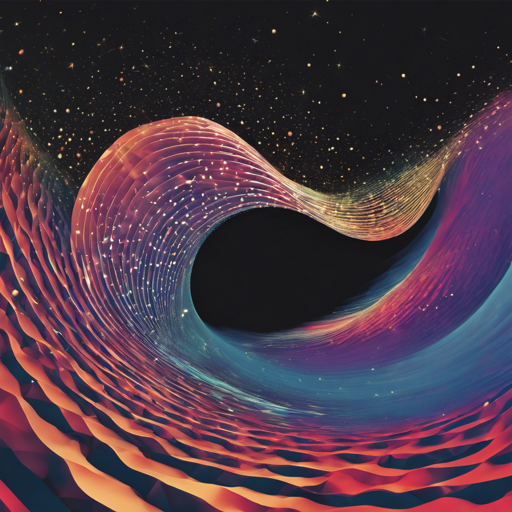Wave Function Collapse (WFC) is a fascinating algorithm that generates bitmaps resembling an input bitmap while ensuring local similarity. This means it takes the patterns from your chosen image and creates new images that maintain similar characteristics without simply copying the original. Ready to explore the magic behind this? Let’s dive in!
What Is Local Similarity?
Local similarity involves two main criteria:
- (C1) The output must consist solely of NxN patterns of pixels that are present in the input.
- (Weak C2) The distribution of NxN patterns in the input should closely resemble the distribution of these patterns across many outputs, meaning the probability of encountering a specific pattern in the output is almost equal to its density in the input.
Typically, a common value for N is 3.
The Process of Wave Function Collapse
Imagine you are a painter who starts with a blank canvas and wants to create a new masterpiece that resembles a chosen artwork. You begin by exploring the shades and patterns of your reference piece. Here’s how WFC goes about this:
1. **Initialization**: WFC starts with a completely unobserved state where each pixel is a blend of possibilities (if the input consists of black and white colors, all pixels are shades of grey).
2. **Observation-Propagation Cycle**:
- Observation: Each iteration selects an NxN region among the unobserved areas with the lowest Shannon entropy (uncertainty level). This region’s state then collapses into a definite color based on the coefficients and pattern distribution from the input.
- Propagation: The new information from the previous step spreads through the output, affecting surrounding areas.
3. **Final Collapse**: This process continues until every pixel has collapsed to a definite state. If contradictions arise (when all coefficients for a specific pixel become zero), WFC cannot produce a valid output; however, this happens infrequently.
Setting Up Wave Function Collapse
To set up WFC on your system, follow these steps:
- Ensure you have the necessary programming environment (like .NET Core for Windows, Linux, or macOS).
- Clone the WFC repository from GitHub: WFC Repository
- Run the command:
dotnet run --configuration Release WaveFunctionCollapse.csproj - Output will be saved into your designated output folder. You can modify samples.xml to change model parameters as per your requirements.
Tilemap Generation
Tilemaps generated through the WFC algorithm can create exciting game levels and pixel art. The simplest version of WFC uses a model where NxN=1×2. In this configuration, tiles are combined based on their adjacency data instead of full image data.
Things to Troubleshoot
While you might find the WFC algorithm robust, occasional issues might arise during implementation. Here’s how to tackle them:
- **Error in Output**: Ensure your input image has sufficient diversity in patterns. Lack of patterns will lead to unfulfilled conditions (C1) or poor results.
- **Contradictions**: If you encounter a contradiction (everything collapsing to zero), try using an image with fewer complexities, or adjust your NxN value to a lower one.
- **Performance Issues**: With larger input images, WFC can be slow. Implement heuristic optimizations or consider smaller images to speed up processing.
For more insights, updates, or to collaborate on AI development projects, stay connected with fxis.ai.
Exploring Further
WFC’s capabilities extend beyond 2D images, accommodating higher dimensions and complex tilemaps! You can find implementations suitable for various programming languages, like C++, Python, and adaptations for game engines such as Unity.
At fxis.ai, we believe that such advancements are crucial for the future of AI, as they enable more comprehensive and effective solutions. Our team is continually exploring new methodologies to push the envelope in artificial intelligence, ensuring that our clients benefit from the latest technological innovations.
Conclusion
Wave Function Collapse provides a captivating way to generate new art from existing images while respecting their patterns. With this guide, you should be ready to explore WFC’s capabilities and start creating impressive outputs. Happy coding!

